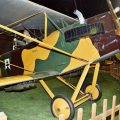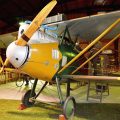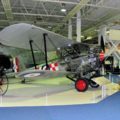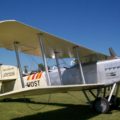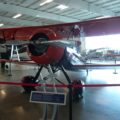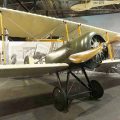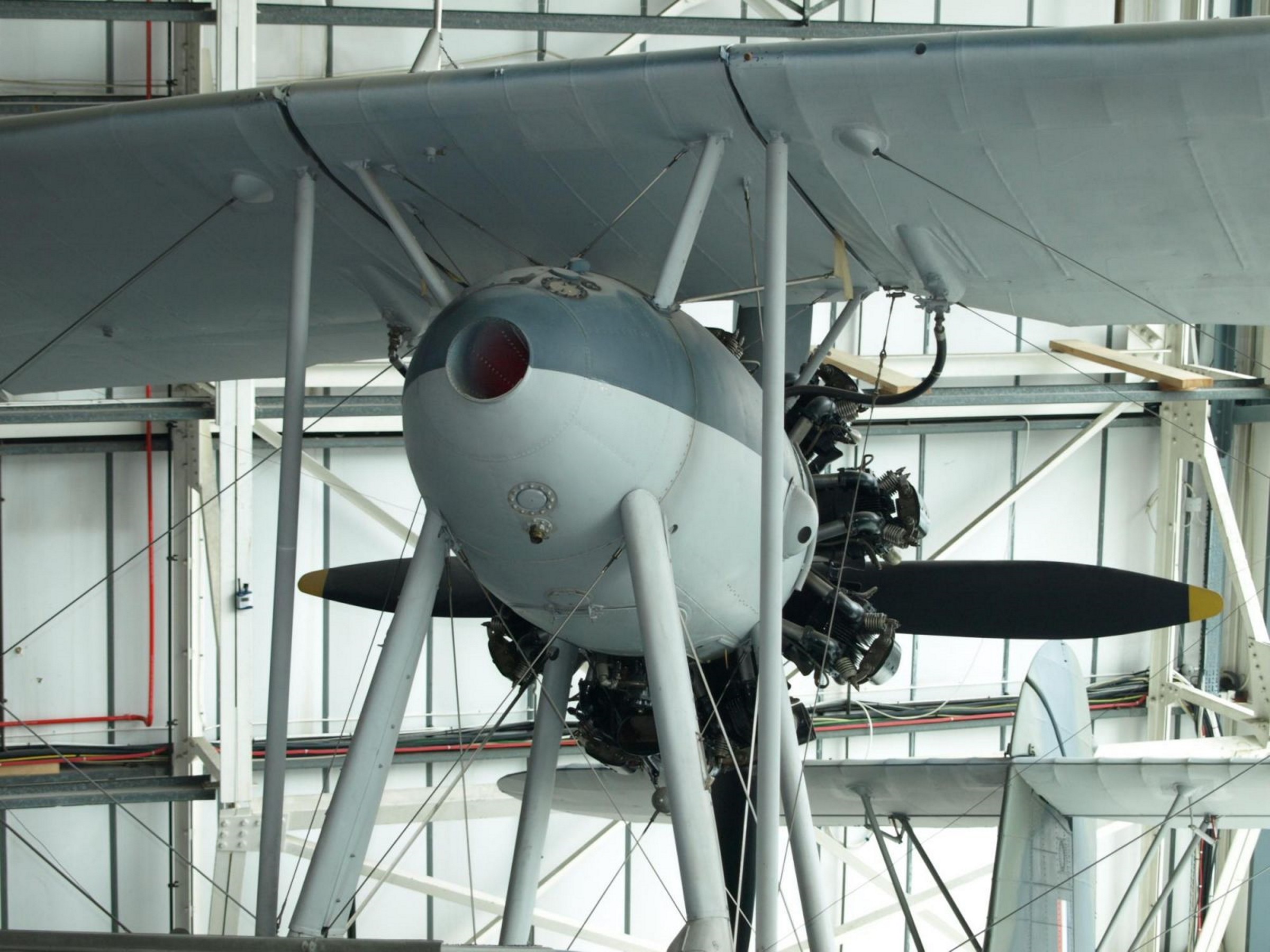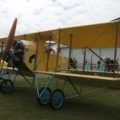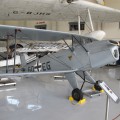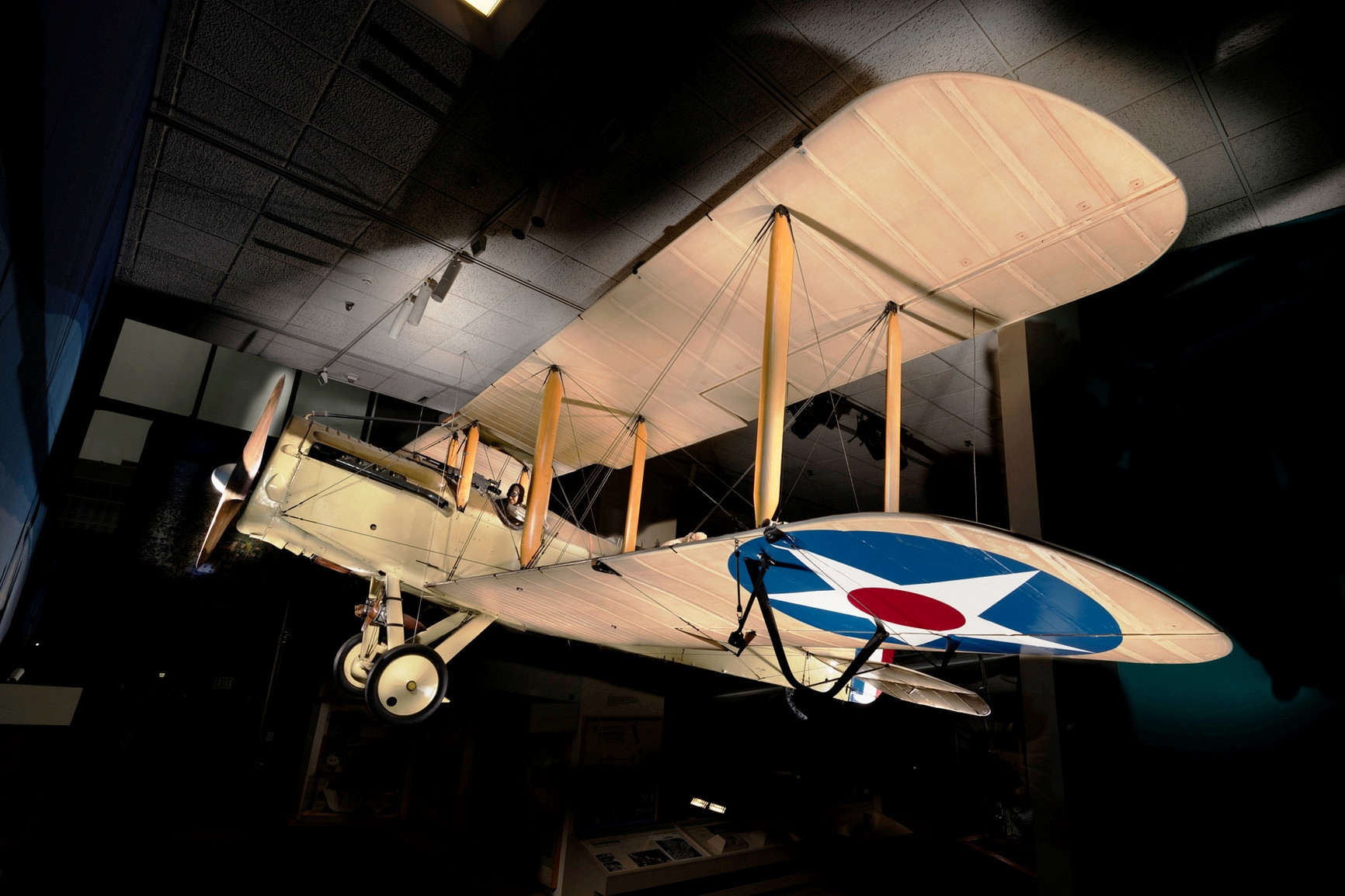
Airco DH.4 | |
|---|---|
| Paese | Regno unito |
| digitare | Aereo biplano |
Galleria fotografica di un Airco DH.4, The Airco DH.4 was a British two-seat biplane day bomber of World War I. It was designed by Geoffrey de Havilland (hence “DH”) for Airco, and was the first British two-seat light day-bomber to have an effective defensive armament. It first flew in August 1916 and entered service with the Royal Flying Corps (RFC) in March 1917. The majority of DH.4s were actually built as general purpose two-seaters in the United States, for service with the American forces in France. The DH.4 was tried with several engines, of which the best was the 375 hp (280 kW) Rolls-Royce Eagle engine. Armament and ordnance for the aircraft consisted of one 0.303 in (7.7 mm) Vickers machine gun for the pilot and one 0.303 in (7.7 mm) Lewis gun on a Scarff ring mounting for the observer. Two 230 lb (100 kg) bombs or four 112 lb (51 kg) bombs could be carried. The DH.4 entered service on 6 March 1917 with No. 55 Squadron in France.
fonte: Airco DH.4 su Wikipedia
| Airco DH.4 – Walk Around | |
|---|---|
| Fotografo | Vladimir Jakubov |
| Localizzazione | Evergreen Air & Space Museum |
| Foto | 88 |
Kit correlati:
| De Havilland DH.4 Walk Around | |
|---|---|
| Fotografo | Inconsapevole |
| Localizzazione | Inconsapevole |
| Foto | 20 |
Trova kit su eBay:
The Airco DH.4 was a British two-seat biplane day bomber of the First World War. It was designed by Geoffrey de Havilland (hence “DH”) for Airco, and was the first British two-seat light day-bomber capable of defending itself. The DH.4 was powered by various engines, but the most common and reliable was the 375 hp (280 kW) Rolls-Royce Eagle engine. The DH.4 had a maximum speed of 190 km/h (118 mph) and a range of 770 km (478 mi). It could carry up to 209 kg (460 lb) of bombs and had two machine guns, one fixed forward-firing Vickers and one flexible rear-firing Lewis.
The DH.4 entered service with the Royal Flying Corps (RFC) and the Royal Naval Air Service (RNAS) in March 1917 and proved to be a versatile and effective aircraft, performing missions such as bombing, reconnaissance, artillery spotting, anti-submarine patrol and air ambulance. The DH.4 was also widely used by the American Expeditionary Forces (AEF) in France, as well as by several other countries after the war. The DH.4 was one of the most successful British aircraft of the First World War and had a lasting impact on the development of aviation.

Visualizzazioni : 4420
